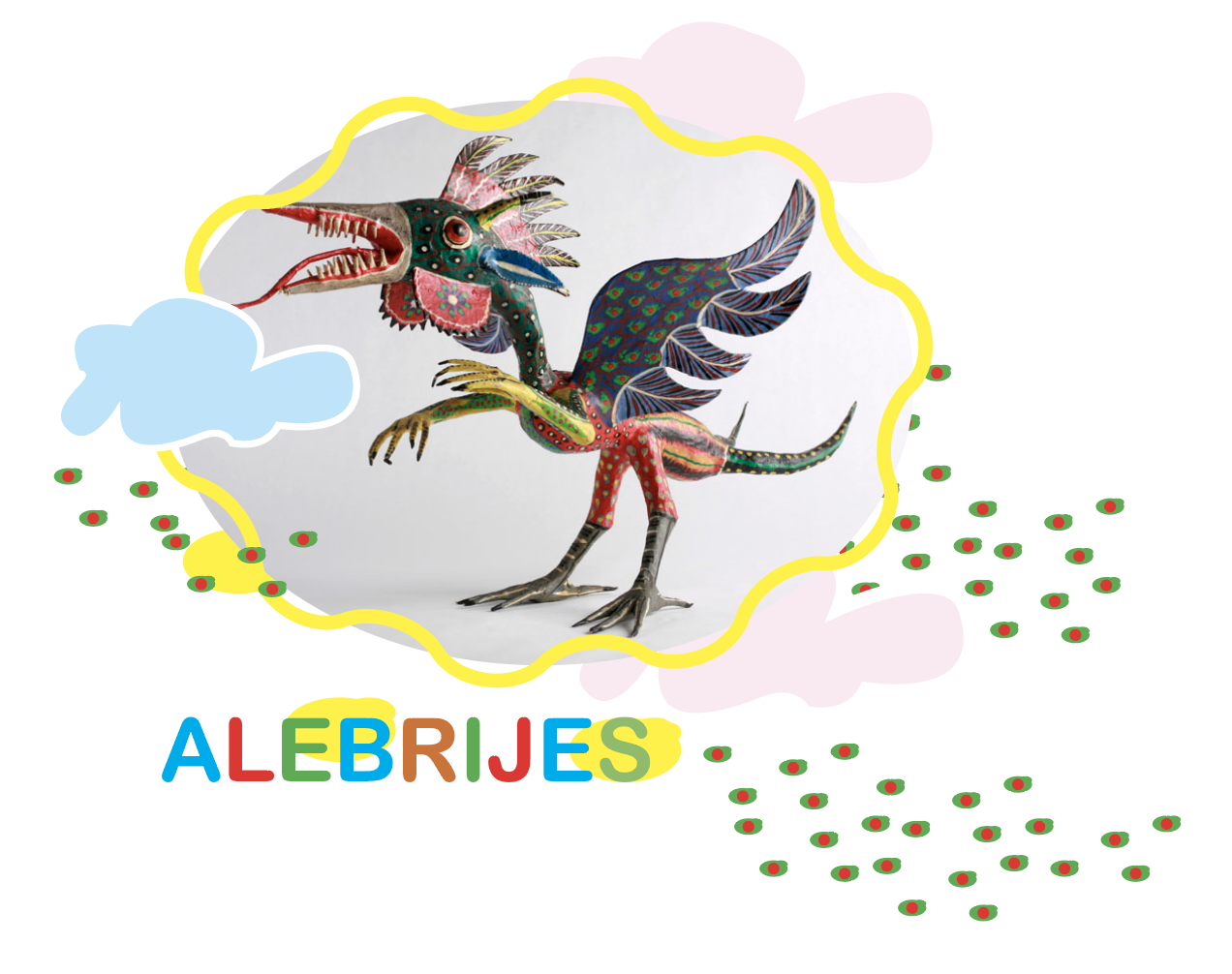
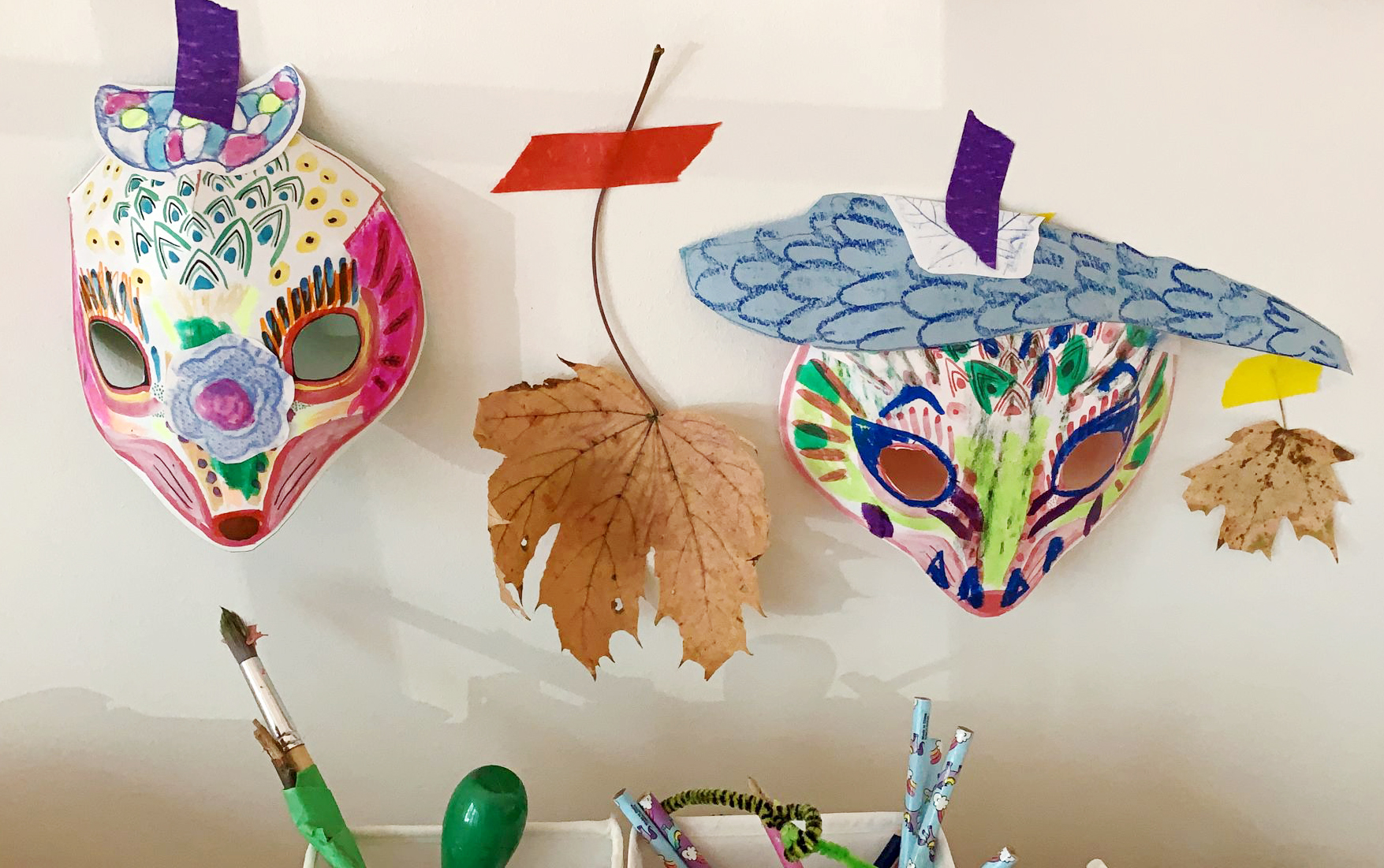
In this lesson we will be learning about Alebrijes: Fantasy Creatures born out of feverish dreams. We will drawing inspiration from our own dreams in order to create alebrije masks.
MATERIALS
- paper
- crayons
- watercolors
- scissors
- glue
- download and ALEBRIJE MASK
1. Let’s start by reading “Sometimes I Feel Like a Fox,” By Danielle Daniel
︎ VIDEO STORY TIME
2. Print the ALEBRIJE MASK template pdf, (print on cardstock if you can). In this document or through the videos you can learn about our two main artists; Pedro Linares and Max Ernst.

3. Pedro wants you to know that in order to create an alebrije mask you must mix the following elements...
🌬 air: elements such as a bird’s tail
🔥️ fire: add a viperin/snake tongue
💦️ water: include the element of water with its ridges or perhaps a fish tail.
⛰ land: think about land creatures, what about adding the nose of a bear or an armadillo.
Once you have thought about these creatures, begin by adding this features to your mask.
4. I can tell your mask is coming along quite well!
I feel like now you are ready to add some texture.
Let’s read a bit about Max Ernst and Frottage included in your printed pages. With the help of Max Ernst we will add some beautiful or creepy creature details, it is your choice. Pick a mood and go for it!
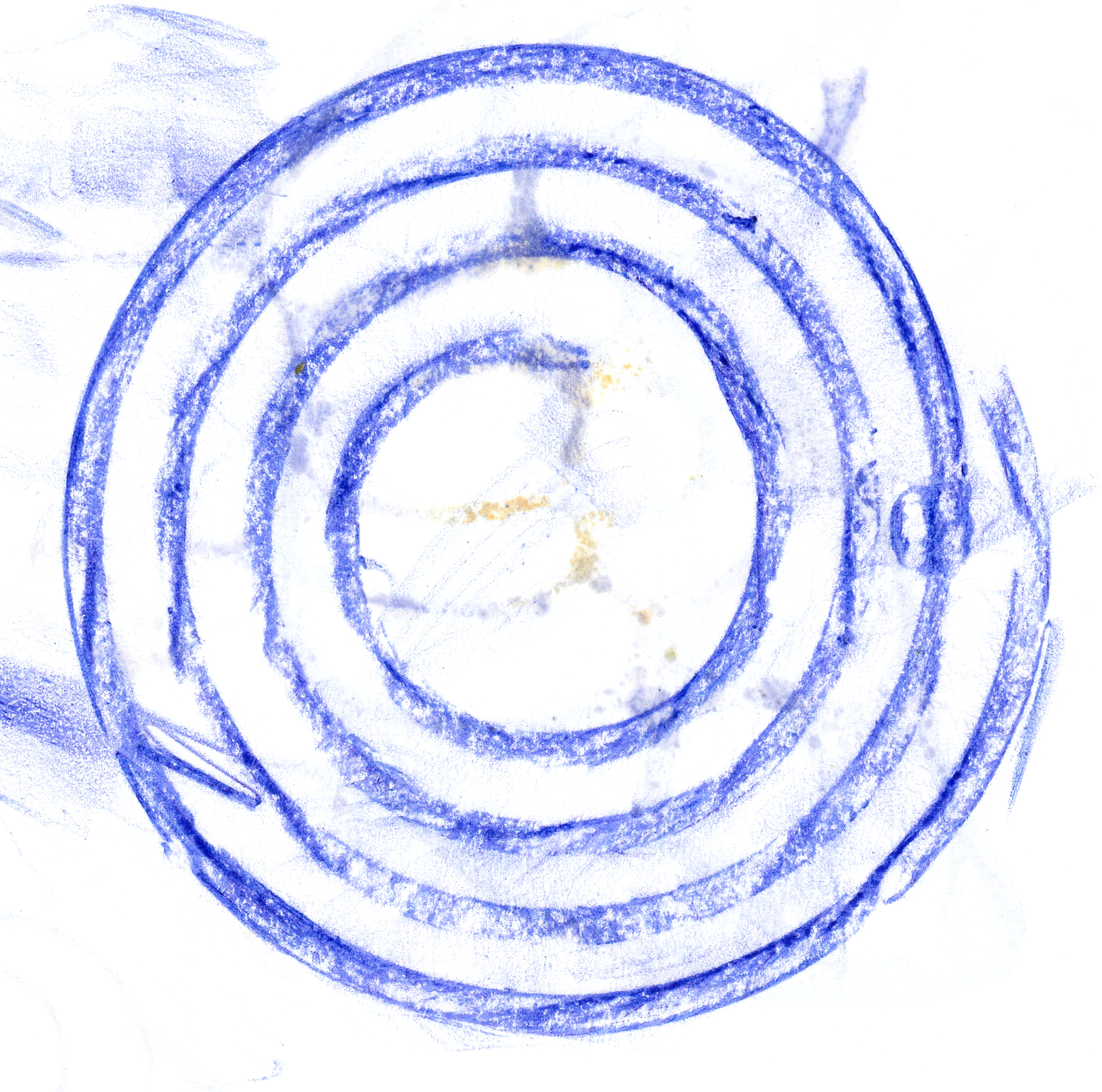
5. Are you ready? Play “La Raspa,” by Juan Garcia Esquivel, then go and find some textures around your house, if it is an object you have always wanted to touch, then it surely will make a great textured drawing!

6. Use crayons and thin paper if you can, thin paper seems to work best. Here are some suggestions: a colander, rubber bands, wooden floor, leaves, plants, sandpaper, lace, etc
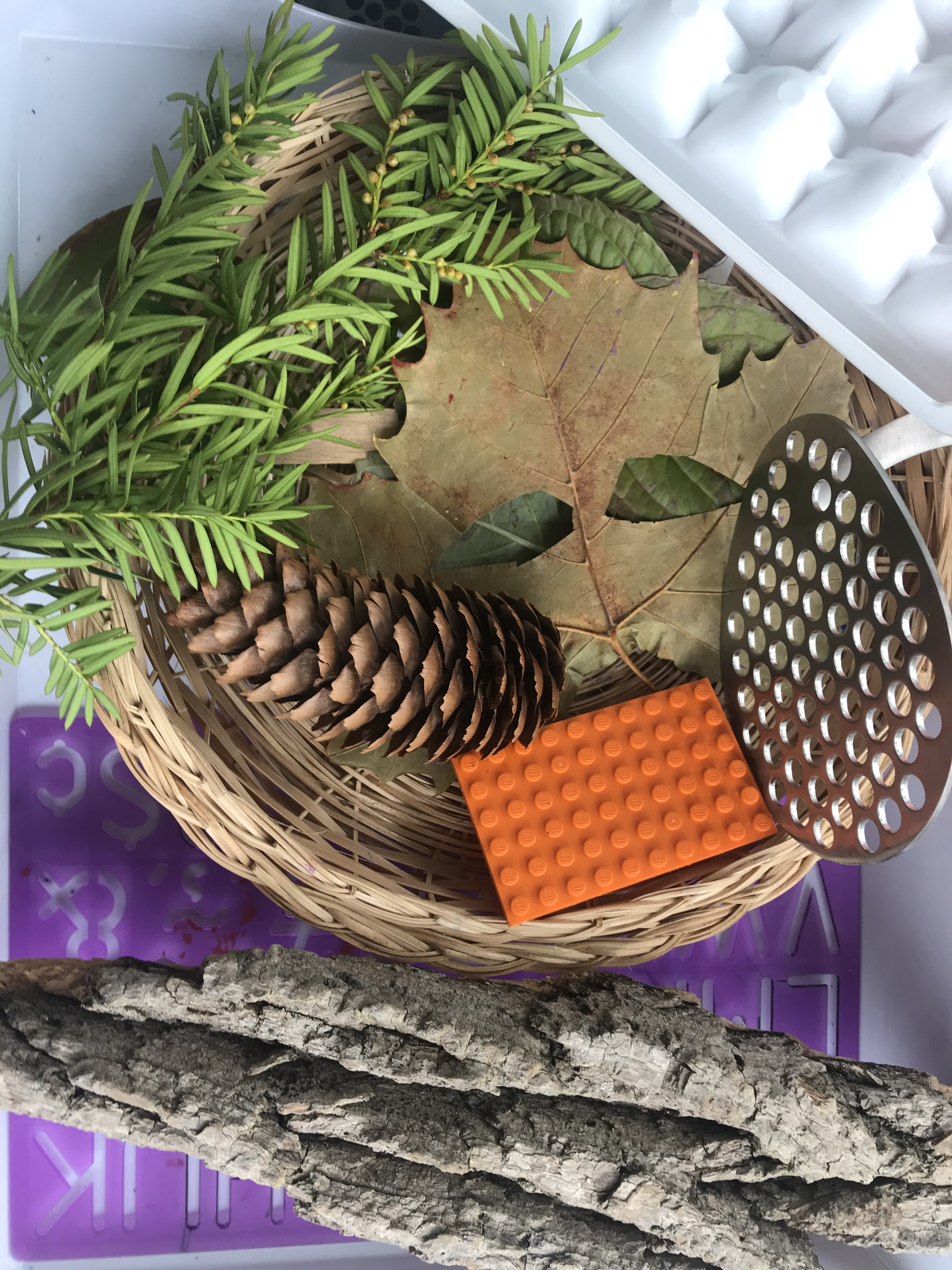
Place your paper on top of your object, rub your pencil or crayon and obseve as you draw.
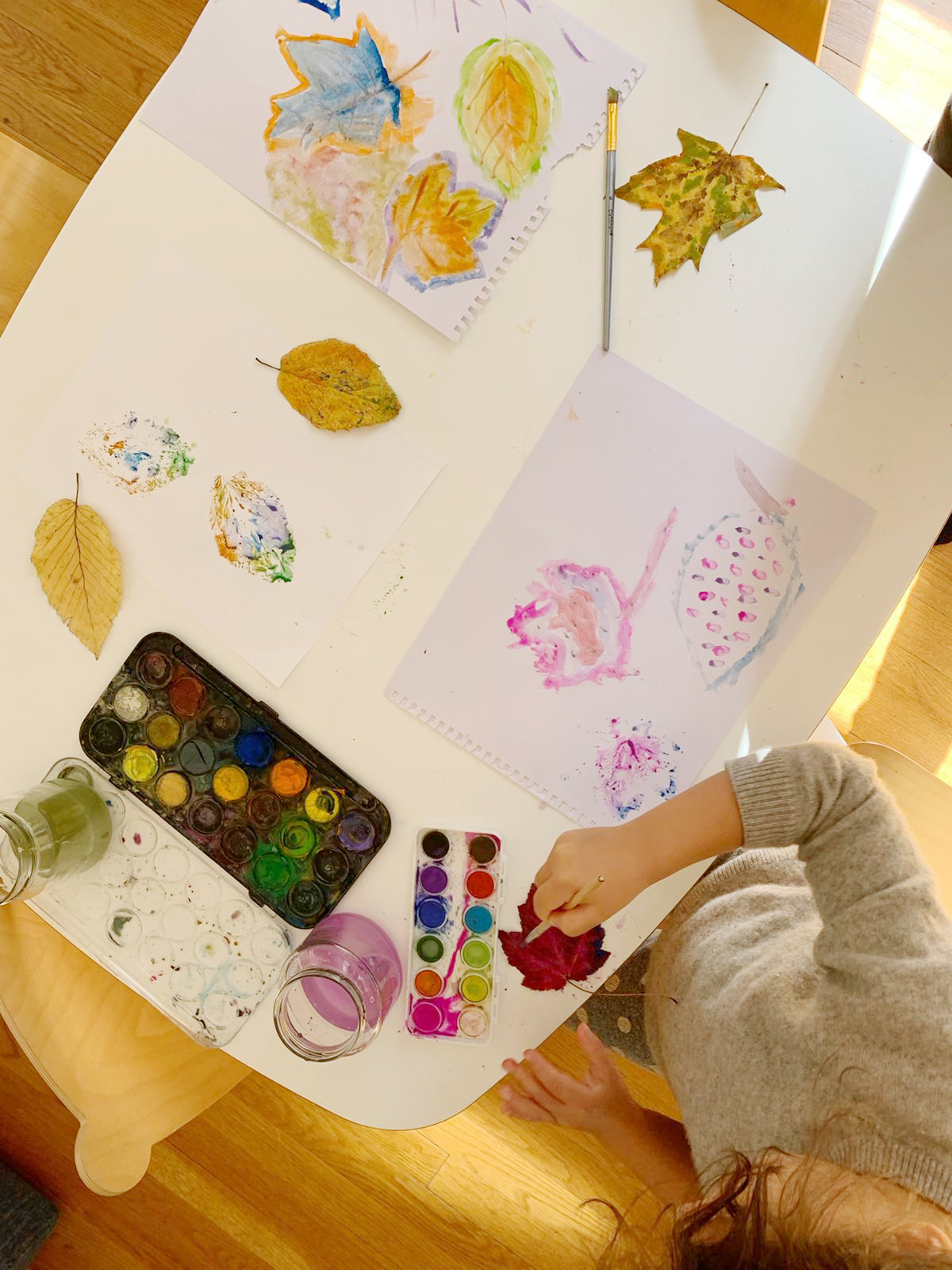

7. Once you gather many different textures, cut them, glue them to your mask. I tried two different colander rubbings and let me tell you, they make great reptilian legs!
![]() Fantasy Creatures
Fantasy Creatures
Born of Fevered Dreams
Pedro Linares (1906-1992), a renowned indigenous Mexican artist working in cartoneria as his primary medium. Linares first created vividly colorful papier mâché sculptures called alebrijes. As the story goes, Linares became very ill when he was thirty years old. Linares dreamt of a bizarre, peaceful place that resembled a forest. He recounted seeing giant rocks, tall trees, and an expansive sky. The artist felt remarkably healthy again. His physical pain was gone and he felt happy as he walked along trails through the dense foliage of his dreamworld.
Suddenly, the clouds, rocks, and trees began to transform. The land features around him shaped themselves into animals that were familiar and yet like nothing Linares had ever seen before. There were mules with dragonfly wings, roosters with antlers, creatures that resembled gryphons and dragons, just to name a few. They had unnatural colors and patterns swirling over their bodies. These creatures began repeatedly chanting a single word: alebrije...alebrije...alebrije!
Criaturas Fantásticas
nacidas de sueños febriles
Pedro Linares (1906-1992), reconocido artista indígena mexicano trabajaba en la cartonería como su medio principal. Linares creó por primera vez esculturas de papel maché de colores vivos llamadas alebrijes. Según cuenta la historia, Linares se puso muy enfermo cuando tenía treinta años. Linares soñaba con un lugar extraño y pacífico que parecía un bosque. Relató haber visto rocas gigantes, árboles altos y un cielo expansivo. El artista volvió a sentirse muy sano. Su dolor físico había desaparecido y se sentía feliz mientras caminaba por senderos a través del denso follaje de su mundo de sueños.
De repente, las nubes, las rocas y los árboles comenzaron a transformarse. Las características de la tierra a su alrededor se transformaron en animales que le eran familiares y, sin embargo, no se parecían a nada que Linares hubiera visto antes. Había mulas con alas de libélula, gallos con cuernos, criaturas que se parecían a grifos y dragones, solo por nombrar algunos. Tenían colores y patrones antinaturales arremolinándose sobre sus cuerpos. Estas criaturas comenzaron a cantar repetidamente una sola palabra: alebrije ... alebrije ... alebrije!
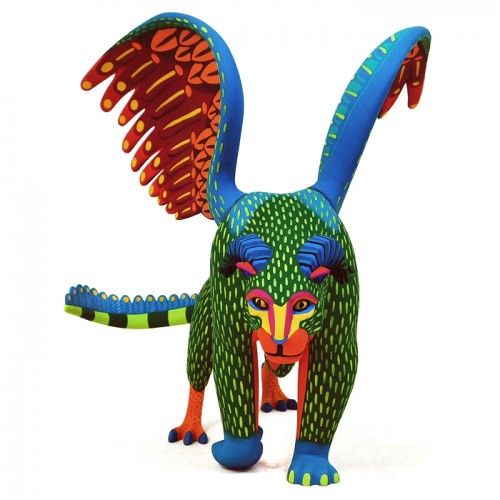
︎
Downloads for this resource will contribute to Young Center for Immigrant Children’s Rights Program
![]()
The Young Center for Immigrant Children’s Rights protects and advances the rights and best interests of immigrant children according to the Convention on the Rights of the Child and state and federal law.

The Young Center for Immigrant Children’s Rights protects and advances the rights and best interests of immigrant children according to the Convention on the Rights of the Child and state and federal law.
Downloads for this resource will contribute to Young Center for Imigrant Children’s Rights Program
![]()
The Young Center for Immigrant Children’s Rights protects and advances the rights and best interests of immigrant children according to the Convention on the Rights of the Child and state and federal law.

The Young Center for Immigrant Children’s Rights protects and advances the rights and best interests of immigrant children according to the Convention on the Rights of the Child and state and federal law.
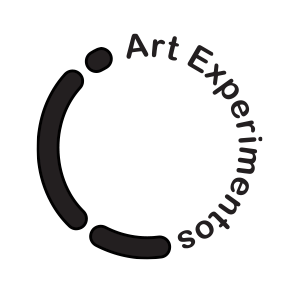
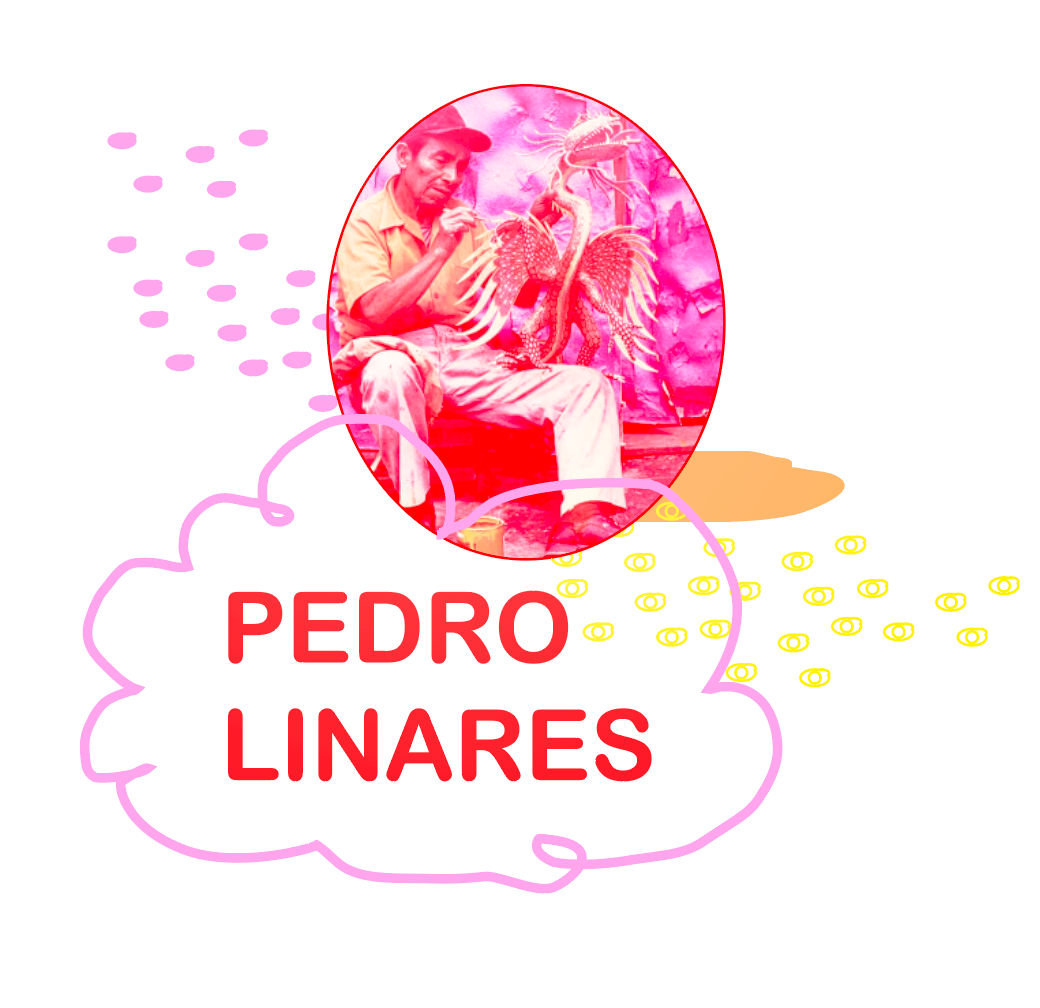 Fantasy Creatures
Fantasy Creatures